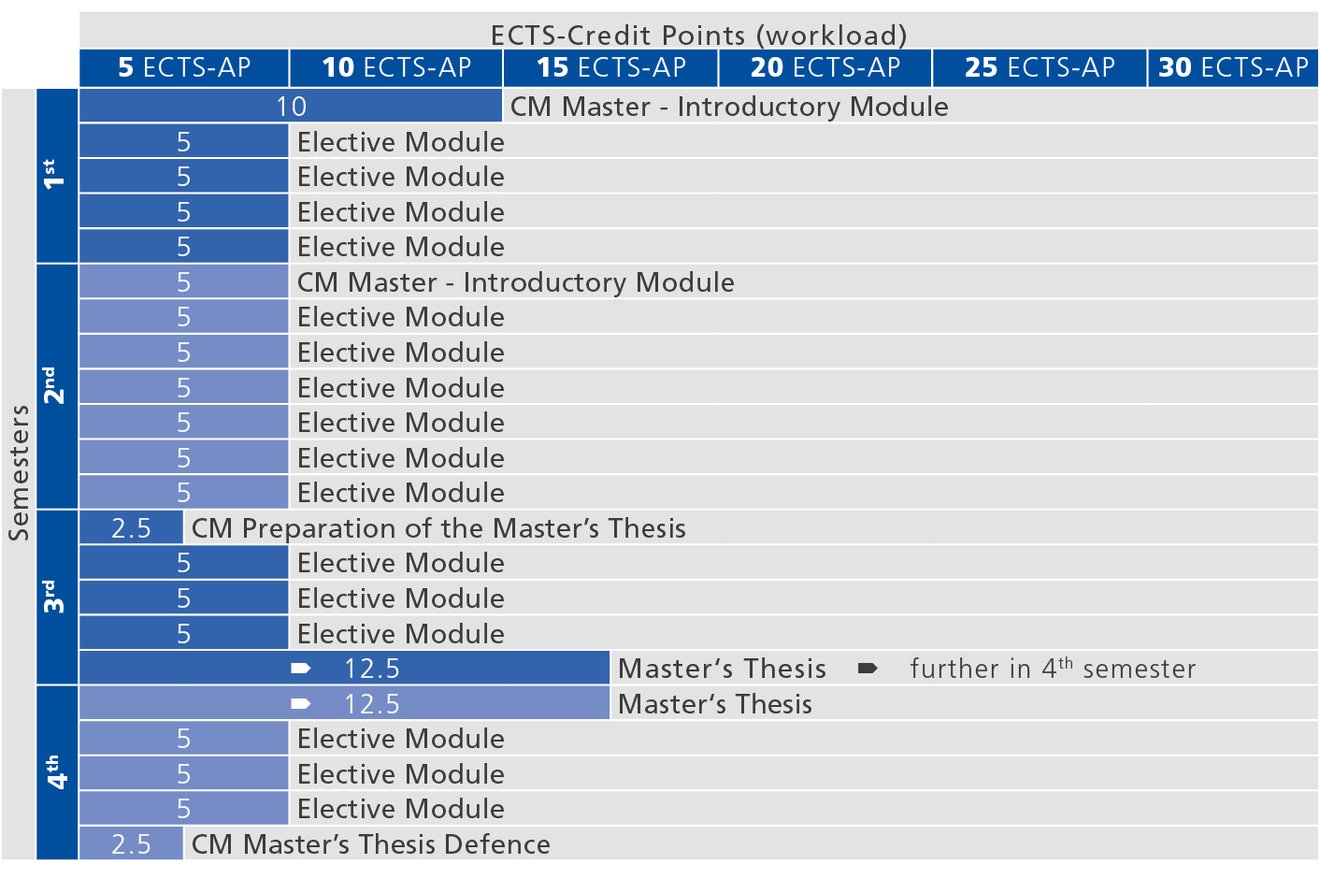Master's Programme Earth Science
Curriculum (2021W)
Master of Science
Duration/ECTS-Credits
4 semesters / 120 ECTS-Credits
Mode of Study
Full-time
Language
German
Requirements
Relevant bachelor's degree or equivalent and Language Certificates
Faculty
Faculty of Geo- and Atmospheric Sciences
Level of qualification
Master (Second Cycle)
ISCED-11: Level 7, EQF/NQF: Level 7
ISCED-F
0532 Earth Sciences
Study code
UC 066 815
The curriculum is the basis of a degree programme. A look at the curriculum for the Master's Programme Earth Science will give you a detailed overview of the structure, content, examination regulations and qualification profile of this Master's degree.
The curriculum can clarify several important questions before you start your studies. For example, which criteria have to be fulfilled for enrolment in the Master's Programme Earth Science, how long the programme takes, which modules have to be completed and much more.
The curriculum 2021W currently applies to the Master's Programme Earth Science.
Information on the Curriculum (2021W)
The complete version of the curriculum reflects the currently valid version of the curriculum. It is for informational purposes only and is not legally binding. The legally binding version of the curriculum, including any amendments, may be found in the University of Innsbruck Bulletins.
In order to determine which version of the curriculum is applicable in your case, see the Catalogue of Studies, available at: https://lfuonline.uibk.ac.at/public/lfuonline_meinestudien.studienblatt
Section: Current Curriculum version.
Requirements
Relevant bachelor's degrees at the University of Innsbruck:
Proof of general university entrance qualification:
In the course of the proof of the general university entrance qualification, the completion of the following core areas within the framework of the completed bachelor's degree programme shall be examined in any case:
- 10 ECTS-Credits from the basic natural sciences (Math, Physics, Chemistry)
- 15 ECTS-Credits from the subject area Crystallography - Mineralogy – Petrology
- 10 ECTS-Credits from the subject area Geology
- 10 ECTS-Credits from the subject area Geological Fieldwork and Mapping
Recommended Course Sequence
The exemplary course sequence given below is recommended for full-time students beginning their study programme in the winter semester. The table shows one possible course sequence for the bachelor's programme and is not compulsory. Delays resulting from repeated examinations are not taken into account.
The standard duration of the study programme is 4 semesters or 120 ECTS-Credits, whereby according to the Universities Act of 2002, a workload of 1,500 (real) hours per academic year must be fulfilled, corresponding to 60 ECTS-Credits (one ECTS-Credit is equivalent to a workload of 25 hours).
10.0 ECTS-Credits: CM Master - Introductory Module
5.0 ECTS-Credits: Elective Module
5.0 ECTS-Credits: Elective Module
5.0 ECTS-Credits: Elective Module
5.0 ECTS-Credits: Elective Module
5.0 ECTS-Credits: CM Master - Introductory Module
5.0 ECTS-Credits: Elective Module
5.0 ECTS-Credits: Elective Module
5.0 ECTS-Credits: Elective Module
5.0 ECTS-Credits: Elective Module
5.0 ECTS-Credits: Elective Module
5.0 ECTS-Credits: Elective Module
2.5 ECTS-Credits: CM Preparation of the Master’s Thesis
5.0 ECTS-Credits: Elective Module
5.0 ECTS-Credits: Elective Module
5.0 ECTS-Credits: Elective Module
12.5 ECTS-Credits: Master's Thesis further in 4th semester
12.5 ECTS-Credits: Master's Thesis
5.0 ECTS-Credits: Elective Module
5.0 ECTS-Credits: Elective Module
5.0 ECTS-Credits: Elective Module
2.5 ECTS-Credits: CM Master’s Thesis Defence

| Semester | ECTS-AP | Titel |
|---|---|---|
Minor
As part of the Master’s Programme, a Minor of 30 ECTS-Credits can be completed.
More information and a list of possible Minors can be found at:
https://www.uibk.ac.at/studium/angebot/minor
Extension Programme
Within the scope of the Study Programme, a Extension Programme corresponding to 60 ECTS-Credits may be passed. Admission to the Extension Programme requires the admission to or the having passed of one of the selected Study Programmes. Detailed information: https://www.uibk.ac.at/studium/angebot/es-informatik/
Information about examination regulations, assessment and grading
Examination regulations
The examination regulation is an integral part of the curriculum, detailed information can be found under the paragraph examination regulations.
The grade distribution table is a statistical representation of the distribution of all successfully completed examinations in a given programme of study or subject (based on all registered students for the programme or subject). The grade distribution table is updated in regular intervals.
| A | B | C | D | E |
|---|---|---|---|---|
| Austrian grading scheme | Definition | %-age | ||
| 1 | EXCELLENT: Outstanding performance | = 100% | ||
| 2 | GOOD: Generally good, but with some errors | |||
| 3 | SATISFACTORY: Generally sound work with a number of substantial errors | |||
| 4 | SUFFICIENT: Performance meets the minimum criteria | |||
| 5 | INSUFFICIENT: Substantial improvement necessary; requirement of further work |
to be updated
Overall classification of the qualification
Not applicable
Explanation: An overall classification (mit Auszeichnung bestanden/pass with distinction, bestanden/pass, nicht bestanden/fail) – is awarded only for examinations that conclude a programme of study and consist of more than one subject (an examination of this type is not specified in the curriculum of this programme of study).
Forms (in German only)
- Examination Records
- Application for the Master's Thesis
- Assessment of the compulsory module: Preparation of the Master’s Thesis
- Cover Sheet for the Master's Thesis
- Declaration of Academic Honesty
- Submission of the Master's Thesis
- To block the Master's Thesis
- Recognition of exams AND Supplementary Sheet
- Application for Admission to the third and fourth repetition of a course examination
- Procedure Practice Modules
Contact and Information
Examination Office
Location Innrain 52d
Associate Dean of Studies (from 01.03.2024)
Ass.-Prof. Priv.-Doz. Dr. Jasper Moernaut
Dean of Studies (from 01.03.2024)
Priv.-Doz. Mag. Dr. Gertraud Meißl
Information about the Programme (in German only)
Guidelines for electronic submission and publication of academic theses and Instuctions from the ULB
